"Trade has picked up," began Edwin Janssen, a trader at Bud Holland in late November, referring to the run-up to the usually busy December. This Dutch company specializes in exotic fruit and vegetable imports and exports. He adds that exotic sales always start somewhat later in the Netherlands.
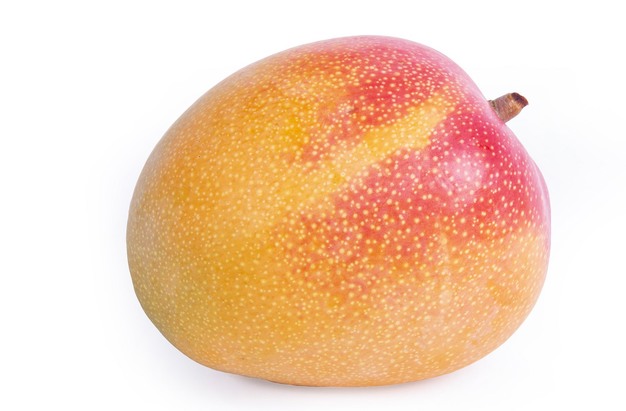 Flown-in mango
Flown-in mango
"Demand begins rebounding in late November, not in the Netherlands, but in the surrounding countries. Those countries advertise exotic products well before the festive season, and people experiment more, trying out unfamiliar dishes." That impacts the assortment. "Dutch supermarkets don't carry flown-in mangoes. However, those in Germany, Spain, or France do," says Edwin.
Is production on time?
He notes that the weather in the countries of origin is uncooperative, and products like passionfruit and gooseberries are somewhat scarce. South African lychees suffered from the heat, and products from Kenya are experiencing significant production delays and product damage. Again, due to bad weather. "December is a critical month for legumes and sugar snaps, among others," Edwin explains.
"Kenya has noticeable problems with the weather with those, and thanks to El Niño, production in Guatemala is also greatly delayed." Western European and especially Dutch retailers increasingly prefer to transport as many exotics by boat as possible, which also affects the already limited range. "That complicates things even more," Edwin admits.
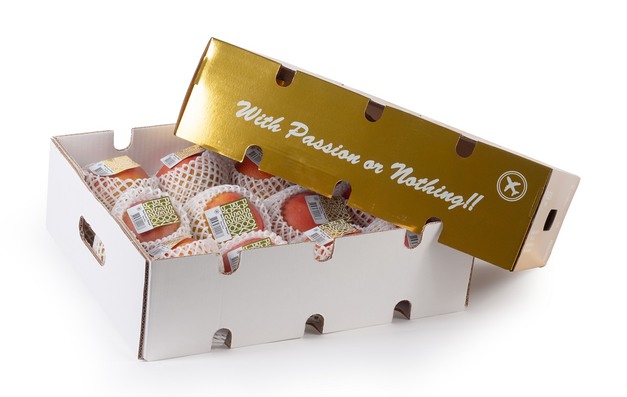
The climate is hampering another category: Peruvian flown-in mangoes. The trader says this year's sea freight should stay at about 30% of last year's. He expects 80% of 2022's air freight mango volume until February. That is leading to shortages. The mangoes were also quite small at the end of November, Edwin points out, adding, "We're expecting more large than small sizes to be flown in later in the season."
Regular supplier
He does not consider that a bad thing. "Last season was excellent, which we hope to continue this year." Janssen says having regular suppliers helps. "We've been sourcing our flown-in mangoes from the same Peruvian supplier for over a decade. Many exporters send random produce and then see if the market picks it up. We, however, work with regular suppliers who, in turn, have regular European clientele," he says.
Despite disappointing volumes and sizes from Peru, it is, according to Edwin, an unmissable country when it comes to flown-in mangoes. "Peru has the longest season for those; their mangoes are on the market for five to six months. No other country supplies air freight mangoes for that long. Also, Peru still presents the product at its best. They're beautifully colored, have the best flavor, and have great packaging. Peru is unique in that. Countries where the season starts later, such as Ivory Coast or Mexico, could learn a thing or two from them."
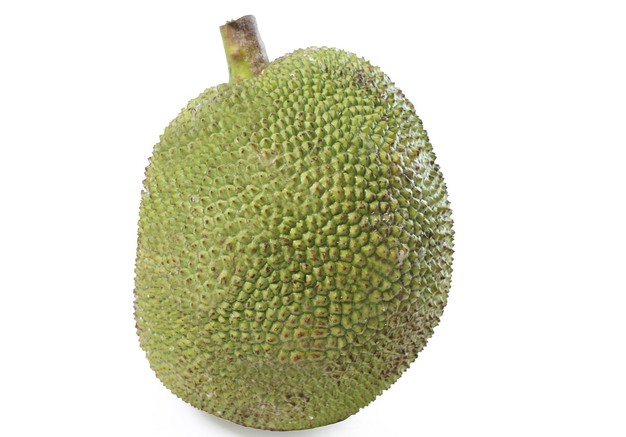 Jackfruit
Jackfruit
"We fly in mangoes from Brazil until mid-December, but they're no match for the Peruvian product, presentation and quality-wise. A flown-in mango is a premium product, and you must present it well, with beautiful coloring in a nice box and high-quality packaging. Customers want a yellow-red mango, not a green one. Besides flavor, appearance is a huge aspect. It must present well for the rest to be right too, and that's where the good companies in Peru lead the way," Edwin continues.
Availability and price
Whether it be El Niño's impact in Peru, the heat in South Africa, or the abundant rain in Kenya, Edwin finds that the current situation around these products is unprecedented. "It doesn't affect the assortment, but it does affect the exotics availability and prices. There will undoubtedly be a noticeable shortage of certain products, so prices will rise.” That should not affect consumers regarding supermarkets' limited range. "You'll see it where exotics have a bigger presence, in greengrocers and our neighboring countries," he explains.
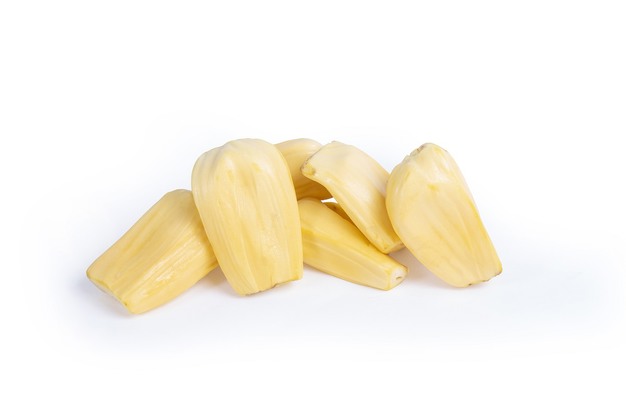 Peeled jackfruit
Peeled jackfruit
Bud Holland markets its exotics throughout Europe. According to Edwin, demand from the former East Bloc countries is on the rise, as are sales in southern Europe. "So far, post-pandemic, the market has grown annually." The trader says each market has its requirements, to which they adjust their assortment. "Our range is fluid. That's fed by competition reducing it. Our assortment is our strength. We prefer sticking to that while considering where we can strengthen and expand it."
About Jackfruit and coconut
"Jackfruit is in high demand. We sell this year-round, peeled and whole," says Edwin, who attributes this growing popularity to the rising interest in plant-based food. "I’ve also recently seen it more and more on restaurant menus. It's a pricey but good meat alternative."
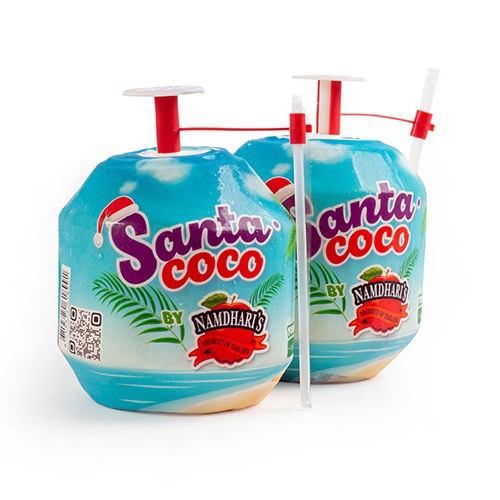 Easy to Openyoun coconuts
Easy to Openyoun coconuts
"This year, we have a new item: 'Easy to Open' young coconuts. Our regular supplier, Namdhari, and we successfully introduced this concept to the market several months ago. The 'Easy to Open' system means you no longer need sharp knives and heavy hammers. All you do to reach the refreshing coconut water and creamy pulp is turn the coconut over and push on it. Insert a straw and enjoy," Edwin explains.
Edwin Jansen BUD Holland
BUD Holland
Transportweg 67
2676 LM Maasdijk
Tel: +31 (0)174 535 322
[email protected]
www.bud.nl
